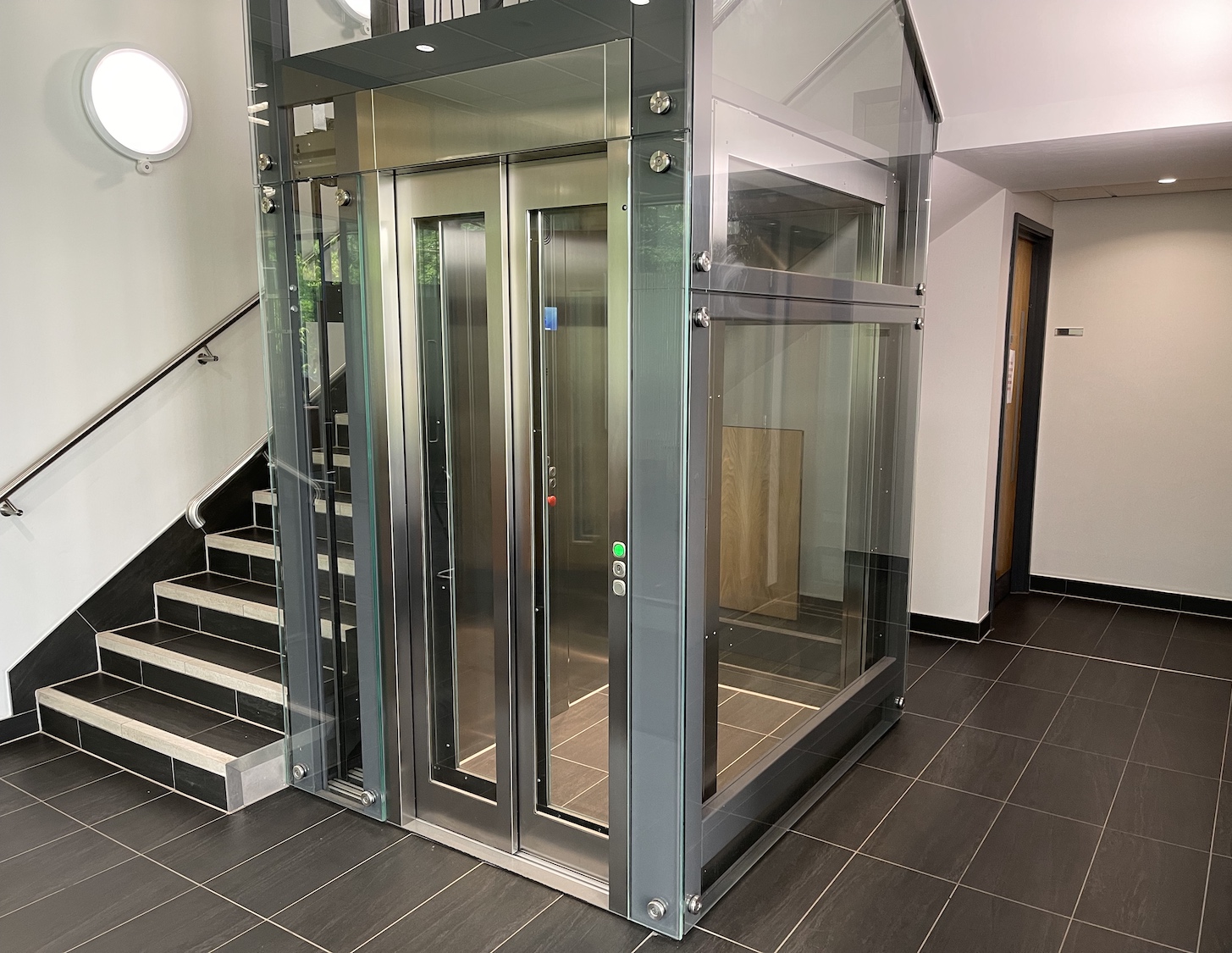Discover Reliable Lift Repair Near Me for Rapid and Affordable Service
Discover Reliable Lift Repair Near Me for Rapid and Affordable Service
Blog Article
Looking Into the World of Elevators: Usual Problems Dealt With by Various Lift Mechanisms
As we navigate with the upright transport systems of modern-day structures, elevators stand out as an indispensable element of our day-to-day lives. From hydraulic elevators to traction systems and machine-room-less layouts, each lift type comes with its set of typical issues.
Hydraulic Elevators
Hydraulic lifts, frequently liked for low-rise structures, utilize fluid pressure to manage the activity of the lift cars and truck (lift repair companies). This system involves a hydraulic pump pushing oil right into a cyndrical tube, creating the lift to relocate the desired direction. While hydraulic lifts are recognized for their smooth and quiet operation, they do include their very own collection of common issues
One prevalent problem with hydraulic elevators is oil leakage. Additionally, issues with the control system, such as defective valves or a malfunctioning pump, can cause disruptions in the elevator's activity.
Normal upkeep and punctual repairs are vital to guarantee the smooth functioning of hydraulic elevators. By dealing with these common issues proactively, structure proprietors can minimize downtime and make certain the safety and security and performance of their vertical transportation system.
Grip Lifts
When taking into consideration vertical transport systems in structures, an additional typical type besides hydraulic lifts is the grip elevator. Traction elevators run making use of a system of ropes and weights that relocate the lift vehicle by clutching onto the hoist ropes. This system allows for smoother and quicker vertical transportation contrasted to hydraulic systems.
Among the common problems encountered by traction lifts is rope wear. The consistent activity of the ropes within the grip system can result in tear and use in time, possibly causing the lift to malfunction or end up being harmful for use. Normal assessments and upkeep of the ropes are important to ensure the elevator's appropriate functioning and safety and security.
An additional concern that grip elevators might come across is associated to the control system. Problems with the control system can lead to concerns such as erratic activity, delays in feedback times, or even full shutdowns. Normal testing and upkeep of the control system are vital to avoid such issues and guarantee the elevator's dependability.
Machine-Room-Less (MRL) Lifts

Among the crucial elements of MRL lifts is the small gearless traction machine that is installed within the hoistway. This equipment successfully drives the lift car without the demand for cumbersome equipment found in typical traction lifts. Furthermore, MRL elevators normally utilize a weight system to balance the car, additional enhancing their energy effectiveness.
Despite their advantages, MRL elevators may face challenges associated with repair and maintenance due to the confined area for devices setup. Availability for servicing elements within the shaft can be limited, needing lift repair near me specialized training for professionals. Proper maintenance timetables and routine examinations are essential to ensure the ongoing smooth operation of MRL lifts.
Overloading and Weight Limitation Issues
Are lifts furnished to deal with excess weight tons effectively and securely? Straining and weight limit problems are vital issues in lift procedures. Lift suppliers layout lifts with specific weight capabilities to ensure traveler safety and security and tools longevity. Exceeding these weight limitations can cause numerous problems, including mechanical failures, delays, and safety and security hazards.
When elevators are overloaded, it places extreme stress on the electric motor, cable televisions, and other components, possibly causing breakdowns or failures. Safety systems such as sensing units and overload sensors remain in location to prevent elevators from relocating if they discover excess weight. Furthermore, going beyond weight limits can lead to raised energy consumption and damage on the lift system.
To reduce straining issues, constructing supervisors should plainly display weight restrictions in lifts and enlighten passengers on the value of sticking to these restrictions - lift repair companies. Routine upkeep checks by qualified technicians can additionally aid ensure that elevators are running within secure weight criteria. By resolving overloading and weight limitation issues proactively, building owners can enhance elevator safety and performance
Electrical System Failings
Exceeding weight limitations in elevators can not just lead lift repair near me to mechanical issues however likewise disabled platform lifts prices uk potentially contribute to electrical system failures within the lift infrastructure. Electrical system failures are an important worry in lift procedure, as they can trigger unforeseen closures, breakdowns, or also security risks.
Regular maintenance and inspections are essential to determine and attend to possible electrical issues promptly, guaranteeing the risk-free and efficient procedure of elevator systems. By sticking to weight limits and carrying out routine electrical system checks, structure proprietors can mitigate the danger of electrical failures in elevators.
Final Thought

Hydraulic lifts, often favored for low-rise structures, use fluid pressure to regulate the motion of the elevator car.When taking into consideration vertical transport systems in buildings, another typical type aside from hydraulic lifts is the traction elevator. Grip lifts run utilizing a system of ropes and weights that move the lift automobile by gripping onto the hoist ropes. Unlike typical elevators that need a different device area to house the equipment, MRL lifts integrate most of the parts within the shaft, eliminating the requirement for a dedicated maker room.In final thought, lifts face typical concerns such as hydraulic malfunctions, grip system failings, and electrical system issues.
Report this page